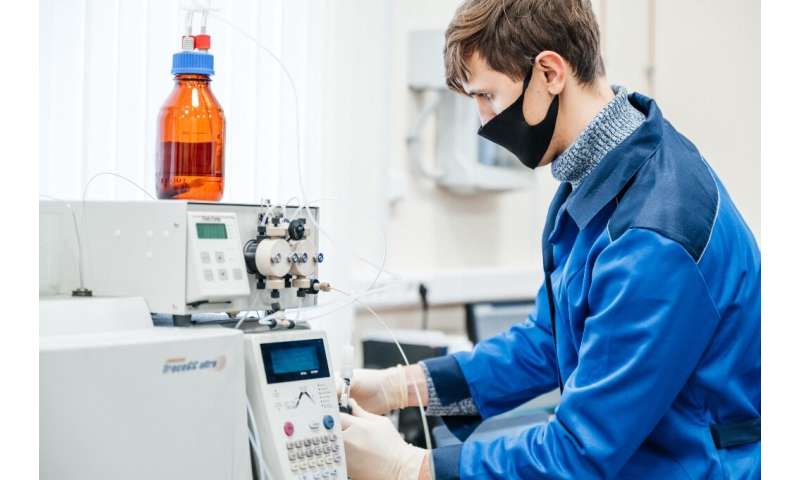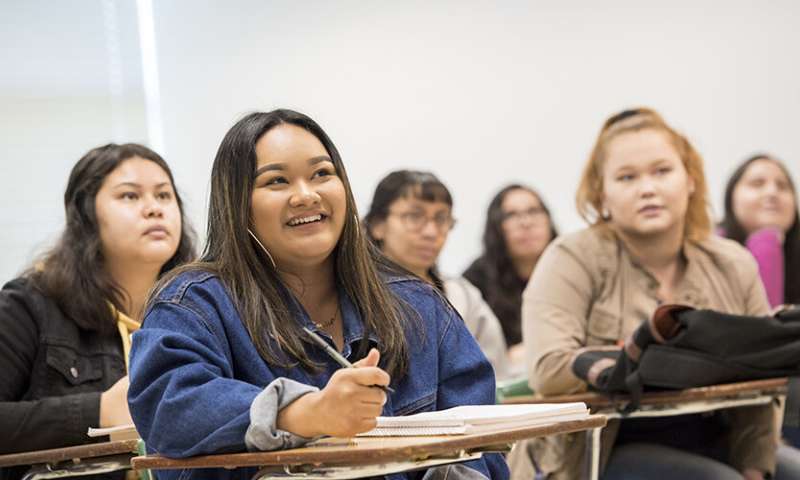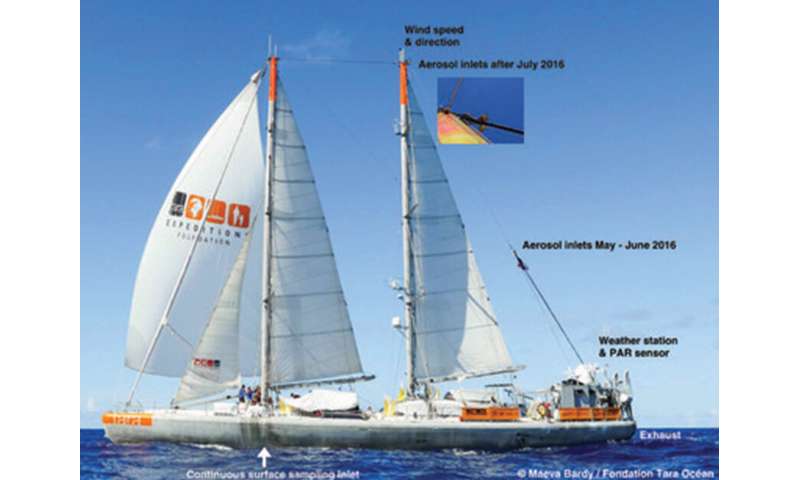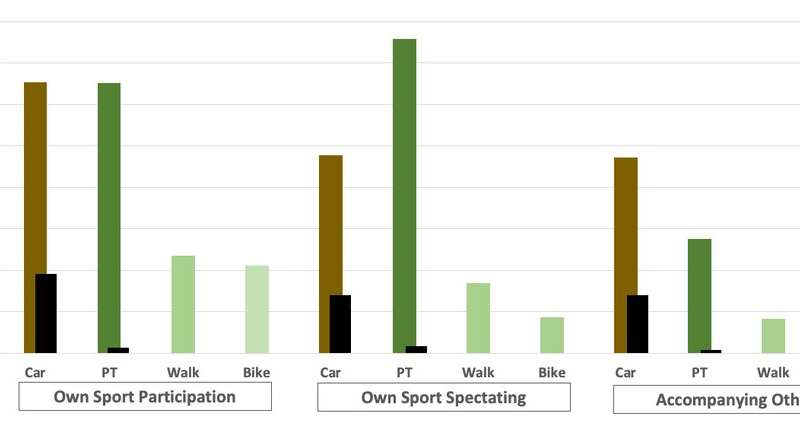by Tomsk Polytechnic University
DECEMBER 23, 2020

Scientists of Tomsk Polytechnic University proposed a method to create a sorbent for imidacloprid insecticide removal from water. The sorbent belongs to metal-organic frameworks, a class of non-conventional materials. The TPU chemists grew such a framework on polyethylene terephthalate (PET), a material used to produce regular plastic bottles. The method is quite simple and allows converting used materials into a useful product. The research findings are published in Applied Materials Today.
Metal-organic frameworks are substances with a three-dimensional structure, where clusters or metal ions are bridged by organic ligands. The result is a porous material with the properties of both metals and organic compounds.
"Due to their porous structure and a number of other properties, metal-organic frameworks have a high potential as sorbents. We are particularly interested in the problem of insecticide sorption. Insecitides are extensively used in modern agriculture and accumulated in soil and water.
We have proposed a new method to synthesize a metal-organic framework named UiO-66 with zirconium ions. The source material is what interests us first of all," Pavel Postnikov, the research supervisor and Associate Professor of TPU Research School of Chemistry and Applied Biomedical Sciences, says.
The researchers experimented with imidacloprid. This is one of the most widespread insecticides used in agriculture, including against Colorado potato beetles.
"Imidacloprid accumulates in natural water bodies penetrating from soil. According to Canadian researchers, imidacloprid was detected in waters around the world at concentrations ranging from 0.001 to 320 micrograms per liter. UiO-66 is usually derived at high temperatures and pressure using commercial terephthalic acid. However, we used PET consisting of ethylene glycol with terephthalic acid. This acid is a structural material for organic linkers in frameworks and plastic bottle material already contains it," Oleg Semyonov, one of the article authors and Junior Research Fellow at TPU Research School of Chemistry and Applied Biomedical Sciences, explains.
To create a framework, the chemists cut the plastic into small squares and partially destroyed them in an acidic solution. Then, zirconium salts were added to the solution.
"Terephthalic acid is partially released from PET forming small "anchors" on the surface of the plastic pieces while a part of the acid remains in the solution. Zirconium ions attach to the "anchors" and then, the process of self-assembly inherent to metal-organic frameworks occurs and further results in a framework formed on the plastic surface. This framework is sensitive to imidacloprid and due to its porosity and physicochemical properties, it attracts insecticide molecules removing them from water," the researcher says.
"During the experiments, we ran the insecticide solution through the sorbent. The effective water purification took 15 grams of sorbent per 1 liter, which is a very good indicator. Besides, the sorbent may be reused several times. We reached up to five cycles during our experiments. However, we expect that the sorbent will retain its properties much longer," the scientist says.
In future practice, this sorbent can be used in filtration systems, for instance, at agricultural enterprises.
"Our sorbent also has one more advantage. Usually, metal-organic frameworks are powder-like. They choke filters so that filtration systems should be designed considering this feature. The particles of our sorbent are larger and they do not choke a filter.
In addition, due to larger particles, the throughput of the sorbent is higher and liquids penetrate easier. According to our calculations, in this case water passage requires one hundred times less pressure as compared to powders. Ultimately, it is important for the technology development and use of this sorbent in a real technological process," Oleg Semyonov adds.
The scientists are currently conducting experiments using other metal-organic frameworks derived from PET.
Explore further
More information: Oleg Semyonov et al, Smart recycling of PET to sorbents for insecticides through in situ MOF growth, Applied Materials Today (2020).
Provided by Tomsk Polytechnic University












